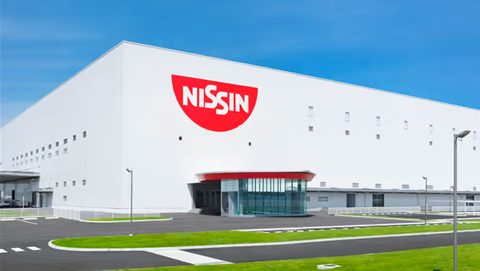Singapore Institute of Technology (SIT) along with the Technology Centre for Offshore and Marine, Singapore (TCOMS) has developed digital twin for electric harbour craft called the "Hydromover".
A digital twin is a virtual model that can accurately reflect a physical object.
Led by Associate Professor Tay Zhi Yung from SIT, the partners have set up a digital twin for the Hydromover to numerically simulate its reaction to severe weather conditions like storm surges and thunderstorms in real-time.
“We can now instantly connect our numerical model with data we gather from ships thanks to 4G, 5G, and IoT,” Tay said.
The dynamic digital representation of the harbour craft vessels serves as highly accurate models, that can replicate the behaviour and characteristics of physical vessels.
According to SIT, this enables the generation of comprehensive and reliable representations of the physical environment, where the autonomous vessels can be trained to operate safely in virtual environments before being deployed in the real world.
Use cases
The digital twin can serve many other purposes for the maritime sector apart from improving safety. It can increase efficiency by predicting when a vessel might require maintenance.
Sensors recording a vessel’s battery performance can flag anomalies, allowing maintenance personnel to respond quickly. "The result is lesser downtime and longer asset life," Tay said.
The digital twin system could also aid ship operators in their decision-making.
“We are developing operational profiles of different harbour craft types that could be used to determine battery sizes for new-built electric vessels,” he said.
He added that digital twins are expensive right now due to the high cost of the sensors needed for data collection.
"Currently, there are not many harbour craft vessels with sensors installed. Data from sensors are important as they can be used to develop a high-efficacy digital twin system, and obtain the operational profile for accurate battery sizing,” he explained.
The project is currently moving into its third and last phase, with the construction of the pilot vessel already underway. It is expected to be launched by the end of this year and "will be ready for commercialisation in the second half of 2024".
“When the Hydromover is operational and actual data can be collected from the sensors, we can further calibrate and optimise the digital twin system,” Tay said.
SIT is calling upon industry partners to engage and analyse how ships respond to different scenarios before building their ships, without necessarily building a digital model. It aims to expand digital twin for development of autonomous vessels, as part of Singapore’s vision for future-ready ports.









